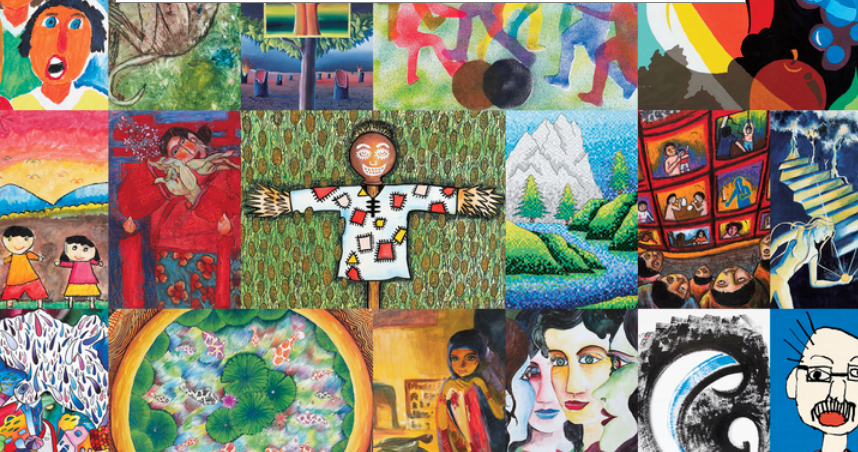Analysing Art template
- developer
- 8 år siden
- 4 min lesing
Analysing Art
We can start our art analysis by asserting the known facts. Following this we may identify the artistic tools and examine the message or meaning behind the piece.
In the outline we answer the following questions:
– Who has made the image?
– What does the image depict?
– Where was the image made?
– When was the image made?
– How was the image made?
– Why was the image made?
– What effect does the image have?
Introduction
In the introduction we present the basics of the image by identifying:
– The name of the artist
– The title of the work
– Where and when the image was made
– What type of image it is – a painting, a photograph, a drawing, a lithography, a watercolor, a collage or something entirely different.
– The materials and techniques employed. For instance il, watercolors, charcoal, chalk, etc.
Motif
At this point we give a plain description of what we see in the picture, omitting any personal opinion. This is not the place to interpret or guess at what the artist wants to convey. To achieve a precise summary of the image the following questions may guide us:
– What can be seen in the image?
– What do you see in the image`s foreground, centre and background?
– Are there persons or figures in the picture? – If yes, how would you describe them? Pay attention to their clothes, age, expression, etc.
– If there is a scenery, where is the location?
– Is there anything happening in the image?
Composition
Composition is the basic construction and arrangement of the separate parts in a picture. The term also describes how one employs and divides the canvas. When we analyse the composition of an image we find answers to the following questions:
– What is the shape of the image?
– Are there any lines in the image? If so – how many? Are they horizontal, diagonal, vertical?
– Has the artist employed the golden mean?
– How are the elements arranged? Are they in the middle, on the side, at the top or the bottom?
– Is there equilibrium in the image or does it appear to be unsteady?
– Is there symmetry or asymmetry?
– Is there a sense of depth in the image? Is there a horizon?
– Is there movement in the image?
Colour and Light
When we look at the colors in a piece of art, we can exampine whether they are warm or cold. This may reveal a sentiment or atmosphere. Are the colours dark and gloomy or are they bright and happy? Additionally, the colours may be combined to create contrast or to compliment eachother. It is possible to create contrast by the juxtaposition of warm and cold colours, or primary and secondary colours. We can also consider how the light is artistically rendered.
It is worth noting whether the style is conventional and realistic, or stylized and artificial.
Theme, symbolism and interpretation
This part is where we interpret the message and meaning of the image. We can look for a theme in the picture. If the style or form is not immediately recognizable we can consider what the work expresses. An abstract painting can be an expression of a certain feeling or an atmosphere. We can find symbolism in both form and colour.
Is there anything in the picture that may be interpreted as a symbol and what significance do they hold? This is where we express our subjective interpretation and understanding of the image.
Observation and Context
Consider how the work relates to similar images, books, films and other forms of expression. The artwork may belong to a artistic movement, or share a similar form, theme or message. When we refer to other pieces we must explain how they relate to each other.
(source: skolediskusjon – compendium)




